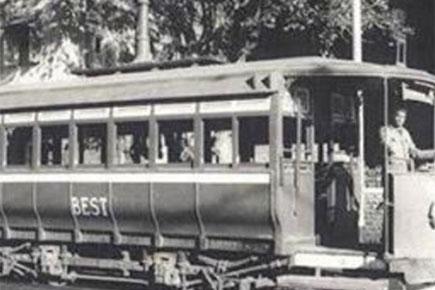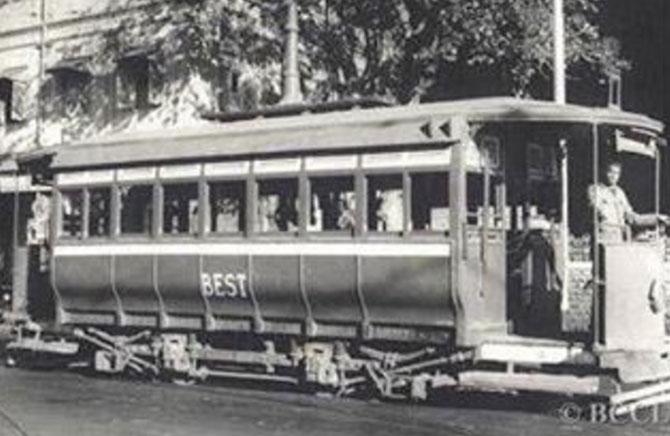Once upon a time, before the BEST, trams was the humble means of transport in Mumbai then Bombay. For several years, the bus was considered as a means of transport for the rich and the tram was the ordinary commuter's transport

 Tram. Pic/Instagram
Tram. Pic/Instagram
ADVERTISEMENT
Once upon a time, before the BEST, trams was the humble means of transport in Mumbai then Bombay. For several years, the bus was considered as a means of transport for the rich and the tram was the ordinary commuter's transport.
Here's a look at the tram
In 1873, the Bombay Tramway Company Limited was given the licence to operate trams in the city. The first tram, begun on 9 May 1874 between Pydhonie and Colaba. It were drawn by six to eight horses.
The areas connected by tram was Grant Road, Pydhonie, Girgaum, Byculla bridge and Sassoon Dock. After the introduction of electric trams, the route was extended till King Circle. Dadar was the main tram terminus, till today it is known as Dadar T.T.
In 1905, a newly formed concern — the Bombay Electric Supply & Tramways Company Limited (B.E.S. & T Co.Ltd) — bought the Bombay Tramway Company Limited and the first electrically operated tram-car appeared on Mumbai’s roads in 1907.
History
>> The tram service was introduced in 1874
>> Electric engines replaced horses in 1907
>> Fare was 10 Annas
>> Colaba corner was the main junction of the network that would run to Pydhonie via Crawford Market
>> The last tram ran between Bori Bunder (now CST) and Khodadad Tram Terminus (now Dadar TT) at 10 pm on March 31, 1964
 Subscribe today by clicking the link and stay updated with the latest news!" Click here!
Subscribe today by clicking the link and stay updated with the latest news!" Click here!






